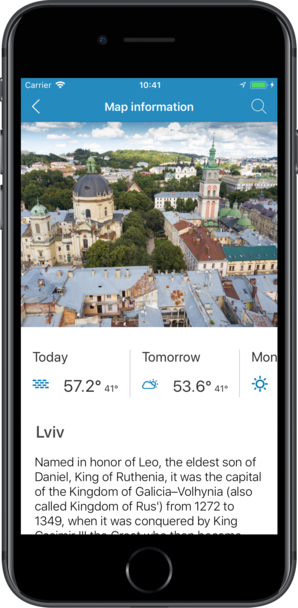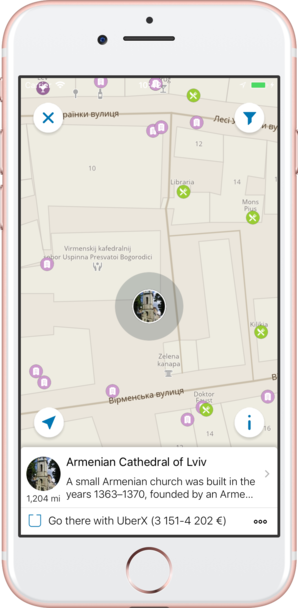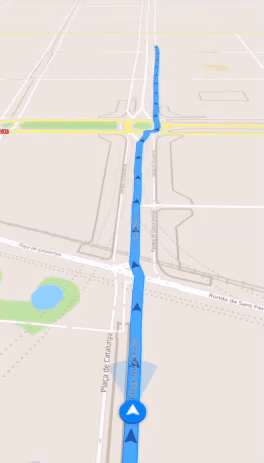Features
Turn your trip into an exciting and unforgettable experience
with the Lviv offline mobile map!
TOP DESTINATIONS
Our offline map offers you information about 30 top destinations, featuring high-quality descriptions, photos, and reviews written by real travelers.
HIGH-QUALITY CONTENT
Every location we feature comes with a description, a photo, and reviews written by real people.
SAVE ON MOBILE DATA!
All of the app’s features work offline! Simply download our completely autonomous map before your trip, and save mobile traffic!
FIND TOP DESTINATIONS NEARBY!
In addition to our featured locations, you will find tens of thousands of other useful places in our guide (hotels, restaurants, teller machines, public transport stops, points of interest, etc.)
OFFLINE NAVIGATION
Plan the best driving, walking, or biking route offline! Save your locations, so you can always easily find your way back and never get lost.
WEATHER FORECAST AND CURRENCY CONVERSION!
Latest weather forecast and a handy conversion rate calculator for 200+ different currencies!
Top places of interest
Here is a list of just a few of the places of interest that you can find on our offline map.
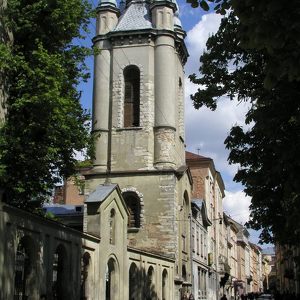
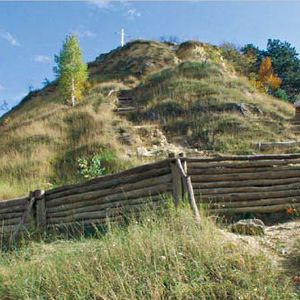
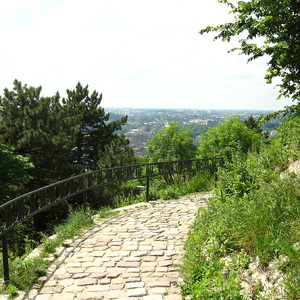
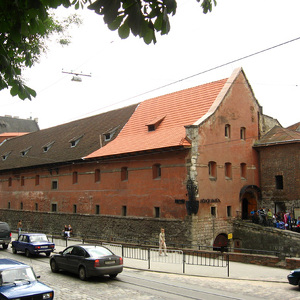
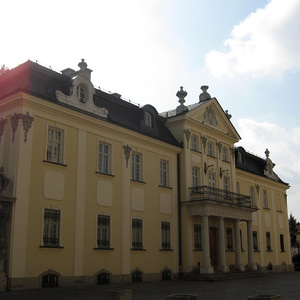
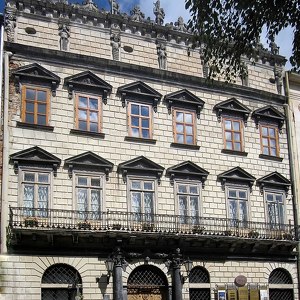
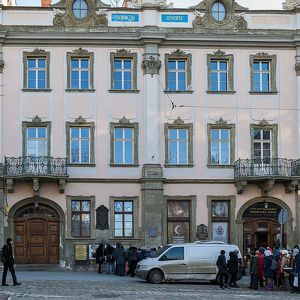

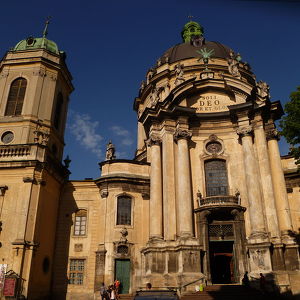

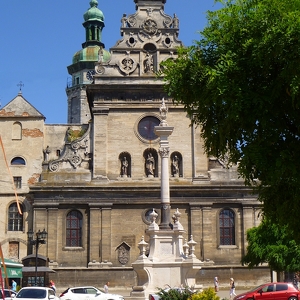
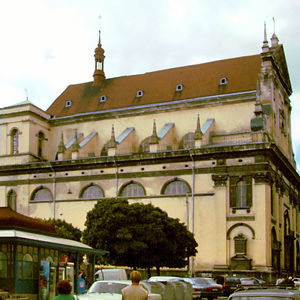
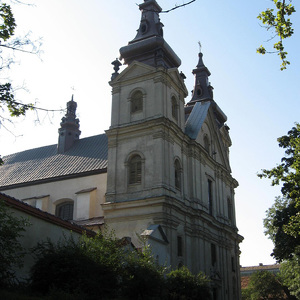
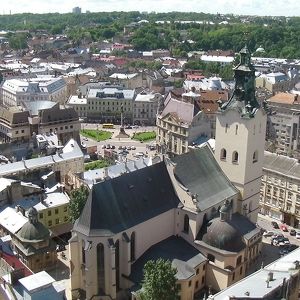
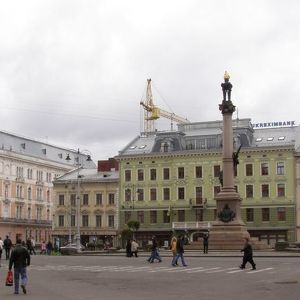
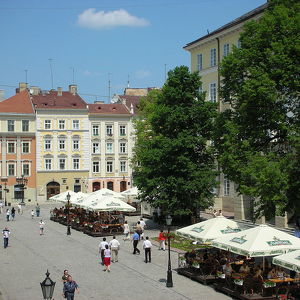
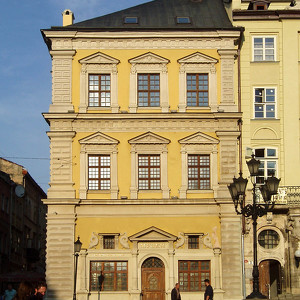
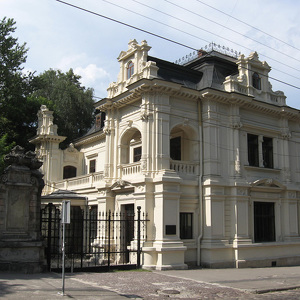
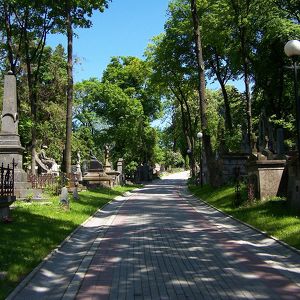
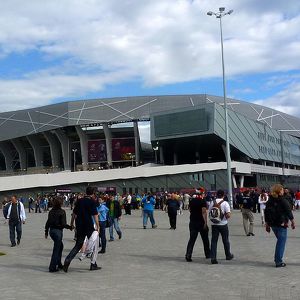
Armenian Cathedral of Lviv
A small Armenian church was built in the years 1363–1370, founded by an Armenian merchant from Caffa, and established as the mother church of an eparchy. It is said to have been modeled after the Cathedral of Ani in the ancient Armenian capital of Ani....
Znesinnia Regional Landscape Park
The park is located on green hilly parts of the historical village Znesinnya which was named after the Christian holiday of Ascension. Therefore, it is one of the first areas settled by men inside the present boundaries of Lviv. Being commenced due to ...
Lviv High Castle
The High Castle is proximate to the centre of Lviv (see picture), formerly being surrounded by a fortification wall. The Castle Hill took its name from the High Castle (as opposite to the other, Low Castle), which used to be located on the hill from th...
Lviv Arsenal
The City Arsenal is the oldest of three historic arsenal buildings in Lviv, Ukraine. The other two are the Royal Arsenal and Sieniawski Arsenal. It is a rectangular two-storey structure with a miniature octagonal tower on the north side. The building, ...
Metropolitan Palace
The Metropolitan Palace opposite St. George's Cathedral, Lviv has been the principal residence of the Metropolitans of the Ukrainian Greek-Catholic Church since the 16th century. The current building was erected in 1761-62 to Clement Fessinger's design...
Korniakt Palace
After Korniakt's death in 1603, King Władysław IV Vasa stayed at his palace. He got smallpox and recovered here. In 1640, the edifice was purchased by Jakub Sobieski and was later inherited by his son, King John III Sobieski. The Polish-Lithuanian rule...
Lubomirski Palace
Between 1771 and 1821, the Lubomirski Palace served as the residence for Austrian governors of Galicia. It was purchased by a Ukrainian organization, Prosvita, in the 19th century and subsequently became a hotbed of nationalist activities. It was there...
Potocki Palace
Pototsky's family, having sold his palace on the Galitskaya Square (now known as the Bessyatsky Palace ), in 1822 bought real estate on Shiroky Street (now Copernicus ). On plans of Lviv 18th - first half of the 19th century. This section shows the pla...
Dominican Church
The Dominican Order first arrived in Lviv during the 13th century and the first wooden church is said to have been built in 1234 within the Low Castle, founded by the wife of Leo I of Halych. That church burned down during a war in 1340. A new Gothic c...
Old Town
Since 1998, the United Nations Educational, Scientific and Cultural Organization (UNESCO) lists Lviv's historic center as part of "World Heritage". On 5 December 1998, during the 22nd Session of the World Heritage Committee in Kyoto (Japan), Lviv was i...
Bernardine Church
The interior was refurbished in the Baroque style in the years 1738–1740. The church managed to avoid being closed by the Austrian emperor Joseph II, although part of the monastery was taken over for the city archive. After the Second World War the chu...
Jesuit Church
A curious addition to the original design was the 80-meter clocktower on the south side which used to be the tallest building in Galicia. The upper part of this early 18th-century tower was demolished in 1830. In 1740, the vaults were frescoed by Fr...
Carmelite Church
The suburban location caused the church to be rather well fortified, yet it was ravaged by the Cossacks in the Khmelnytsky Revolt and the Swedes in the Great Northern War. The entire façade was redesigned in the 19th century. Still, the building ret...
Cathedral Basilica of the Assumption
The first church built on this site was a small wooden Roman Catholic church dedicated to the Holy Trinity, built in 1344 and lost in a fire six years later. In 1360, the king Casimir III of Poland founded the construction of the present day church, bu...
Mickiewicz Square
Lviv prior to World War II was inhabited mostly by Poles and Jews, and belonged to pre-war Poland. In 1939, the Soviet Union in the course of the Invasion of Poland annexed the city. As the new occupant administration perceived St Mary to be a rather i...
Market Square
The square is rectangular in shape, with measurements of 142 metres by 129 metres and with two streets radiating out of every corner. In the middle there was a row of houses, with its southern wall made by the Town Hall. However, when in 1825 the tower...
Bandinelli Palace
Bandinelli Palace is a late Renaissance townhouse (kamienica) facing Market Square in Lviv, Ukraine. It was built in 1589 by a pharmacist Jarosz Wedelski, and in 1634 it was bought by a Florentine merchant, Roberto Bandinelli, known as the founder of t...
Sapieha Palace
The Sapieha Palace in Lviv, Ukraine is a Chateauesque two-storey mansion dating from the 1870s. It is lightly screened from the road by a wrought-iron grill. The house's first owner was Prince Adam Sapieha, a pioneer of railway building in Galicia. ...
Lychakiv Cemetery
Since its creation in 1787 as Łyczakowski Cemetery, it has been the main necropolis of the city's intelligentsia, middle and upper classes. Initially the cemetery was located on several hills in the borough of Lychakiv, following the imperial Austro-Hu...
Arena Lviv
Construction work began on November 20, 2008 and was completed by October 2011. The opening ceremony took place on 29 October, with a vast theatrical production dedicated to the history of Lviv and with the concert of the pop-star Anastacia. The first ...
Counter

30
TOP DESTINATIONS

436
PLACES OF INTEREST

2523
HOTELS

850
CAFES AND RESTAURANTS
Contact us
You can get in touch with us by filling out this form
 |
 |
 |



